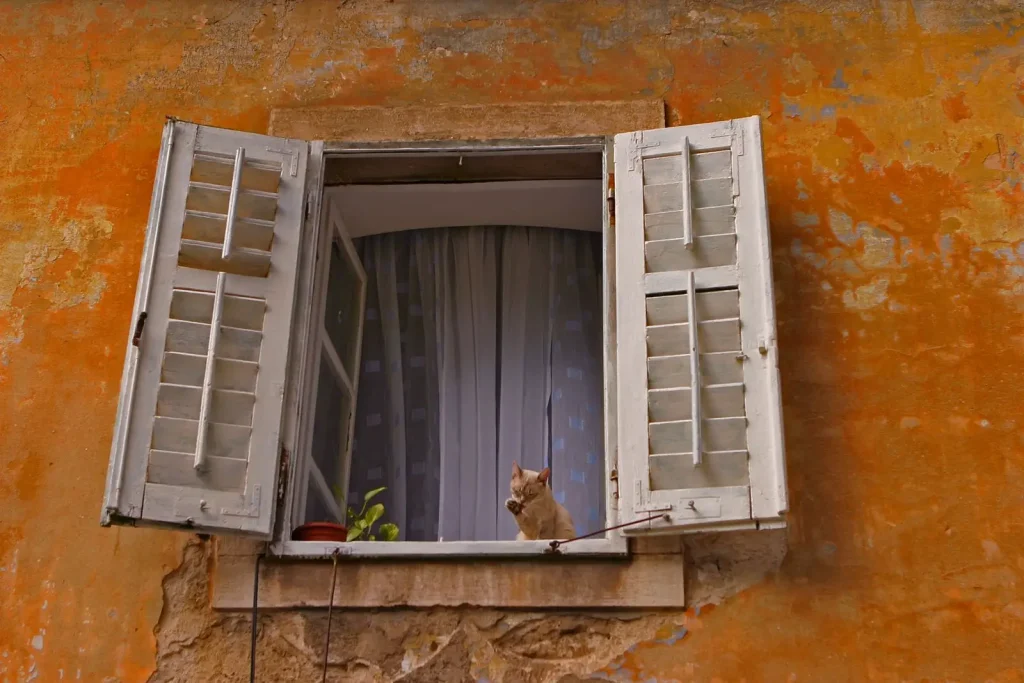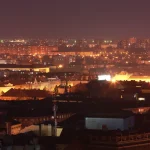November the 20th, 2020 – Trends in life outside of big cities triggered by the pandemic had a greater impact on the decline in the sale of Zagreb property than the consequences of the earthquake did, according to the author of an expert article published on HNBlog on Monday.
As Poslovni Dnevnik writes, the authors of the expert article “The impact of the pandemic and the earthquake on the property market in Zagreb in the first half of 2020” saw the CNB’s Davor Kunovac and Karlo Kotarac analyse the simultaneous impact of the earthquake which occurred back in March this year and the pandemic declared on March the 11th.
The two experts looked into the formation of real estate prices in Zagreb and have constructed a number of specific indicators of the Zagreb property market using data from the Tax Administration on the sale of said property.
A reduction of 10 percent
“The analysis showed that during May and June, the prices of Zagreb property being sold in the very centre and in Donji Grad, where buildings seriously damaged during the earthquake was the most densely distributed, decreased by 10 percent compared to the same period last year,” the authors say.
According to that same data, “the number of properties sold in Zagreb in the first half of 2020 is approximately 22 percent lower when compared to what was sold in the same period last year and for now, it doesn’t seem dramatic if we take into account the usual trends in transactions in previous years.
Namely, Kunovac and Kotarac note that the intra-annual dynamics of the number of sold properties changed back in 2017 with the introduction of the housing loan subsidy programme and a large number of transactions are now concentrated within a short time interval in which subsidy applications are opened.
However, unlike the previous two years, the decline in the number of transactions this time has lasted significantly longer, until May 2020, when, in parallel with the easing of epidemiological measures and a new round of housing subsidies, the number of transactions again approached the average recorded over the previous two years.
“The number of properties sold within the city and especially in Donji Grad, where the properties damaged in the earthquake was most densely distributed, has halved in recent months,” said Kunovac and Kotarac. However, they also pointed out that the reduced tendency to buy Zagreb property in the very heart of the city center should not be entirely attributed to the earthquake.
“The indicators illustrate that the number and share of transactions related to the earthquake-damaged zone begins to decline a few weeks before the earthquake actually struck. This decline in activity in the real estate market coincides with the beginning of the pandemic when the process of buying and selling real estate was significantly hampered by the introduction of epidemiological measures.
The reduced activity in this area is in line with the increased attractiveness of living outside of the city centre and new trends in people’s lifestyles which were triggered by the pandemic, such as social distancing or working from home,” the authors of the article emphasised.
Not only newer apartments are desired…
The pandemic, as they further state, is closely related to the reduced demand for tourism in Zagreb. As a result, there is less demand for Zagreb property in the heart of the city that would otherwise have had a tourism-related purpose, while, at the same time, the supply of apartments for long-term rent or purchase in that part of the city is indeed growing.
Their analysis also suggests that a change in buyer ”preferences” for living outside the city centre after the earthquake is not, as is sometimes claimed, largely determined by increased demand for newer properies built after 1964 when the first earthquake-building regulations were enacted in the city.
Namely, a comparison of the price index of older properies in Zagreb showed that the price of these buildings located in the old part of the city fell in the analysed time, while the price of propertoes built before 1964 in other parts of the city rose in that period.
For the latest travel info, bookmark our main travel info article, which is updated daily.
Read the Croatian Travel Update in your language – now available in 24 languages
Join the Total Croatia Travel INFO Viber community.









